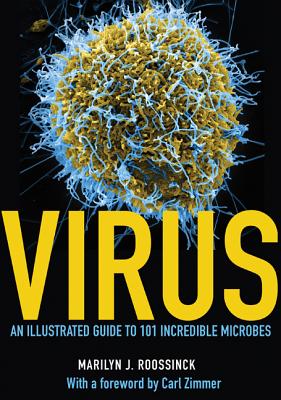Expedite your nonfiction book discovery process with Readara interviews, summaries and recommendations, Broaden your knowledge and gain insights from leading experts and scholars
In-depth, hour-long interviews with notable nonfiction authors, Gain new perspectives and ideas from the writer’s expertise and research, Valuable resource for readers and researchers
Optimize your book discovery process, Four-to eight-page summaries prepared by subject matter experts, Quickly review the book’s central messages and range of content
Books are handpicked covering a wide range of important categories and topics, Selected authors are subject experts, field professionals, or distinguished academics
Our editorial team includes books offering insights, unique views and researched-narratives in categories, Trade shows and book fairs, Book signings and in person author talks,Webinars and online events
Connect with editors and designers,Discover PR & marketing services providers, Source printers and related service providers

Virus: An Illustrated Guide to 101 Incredible Microbes
Science > Life Sciences - Virology
- Princeton University Press
- Hardcover
- 9780691166964
- 9.5 X 6.8 X 1.1 inches
- 2.35 pounds
- Science > Life Sciences - Virology
- (Single Author) Asian American
- English
Readara.com
Book Description
An essential illustrated guide to the 101 most fascinating viruses
This stunningly illustrated book provides a rare window into the amazing, varied, and often beautiful world of viruses. Contrary to popular belief, not all viruses are bad for you. In fact, several are beneficial to their hosts, and many are crucial to the health of our planet. Virus offers an unprecedented look at 101 incredible microbes that infect all branches of life on Earth--from humans and other animals to insects, plants, fungi, and bacteria.
Featuring hundreds of breathtaking color images throughout, this guide begins with a lively and informative introduction to virology. Here readers can learn about the history of this unique science, how viruses are named, how their genes work, how they copy and package themselves, how they interact with their hosts, how immune systems counteract viruses, and how viruses travel from host to host. The concise entries that follow highlight important or interesting facts about each virus. Learn about the geographic origins of dengue and why old tires and unused pots help the virus to spread. Read about Ebola, Zika, West Nile, Frog virus 3, the Tulip breaking virus, and many others--how they were discovered, what their hosts are, how they are transmitted, whether or not there is a vaccine, and much more. Each entry is easy to read and includes a graphic of the virus, and nearly every entry features a colorized image of the virus as seen through the microscope.
Written by a leading authority, this handsomely illustrated guide reveals the unseen wonders of the microbial world. It will give you an entirely new appreciation for viruses.
Author Bio
Marilyn J Roossinck is Professor Emeritus of the Penn State College of Agricultural Sciences and he research focused on covering adaptation of extreme environments with microbes and virus ecology.
She lives in Bellefonte, Pennsylvania.
Research Interests
Our focus in the Roossinck lab is on virus-plant and virus-fungus-plant interactions in virus evolution and ecology.
We use Cucumber mosaic virus (CMV) as a model virus for experimental evolution studies, including generation and maintenance of quasispecies, rates of recombination, and polymerase fidelity.
We are interested in how plants use viruses in adaptation to extreme environments. Fungal viruses are involved in plants adapting to geothermal soils in Yellowstone National Park, and acute plant viruses confer drought and cold tolerance to plants. We are studying the mechanisms of these interactions.
We are interested in the biodiversity of plant viruses. We are studying viruses in wild plants in Costa Rica using next-gen sequence analysis of viral RNA from individual plants. To date we have collected about 14,000 plants and have analyzed about half of them.
Education
- Ph.D., University of Colorado School of Medicine
Source: Penn State College of Agricultural Sciences
Videos
No Videos
Community reviews
No Community reviews

